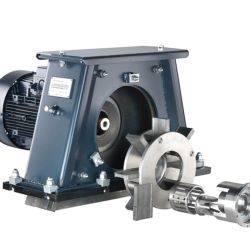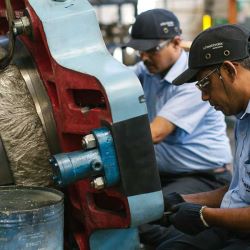Ron, thanks for joining us today. Tell us a little about your role and any changes you’re seeing in peening today?
I help our customers create peening processes that will produce exactly the effect they need for their components and often specify the Wheelabrator machine that will make that process possible. I also deliver training and other support for our customers, from faultfinding to process optimization. It’s an incredible exciting time in peening. While some other industry processes are on the decline, it’s the reverse for shot peening. Demand is climbing back above pre-Covid levels, which is fantastic.




